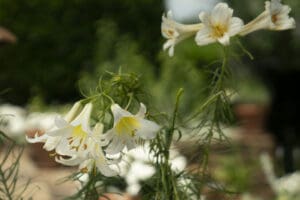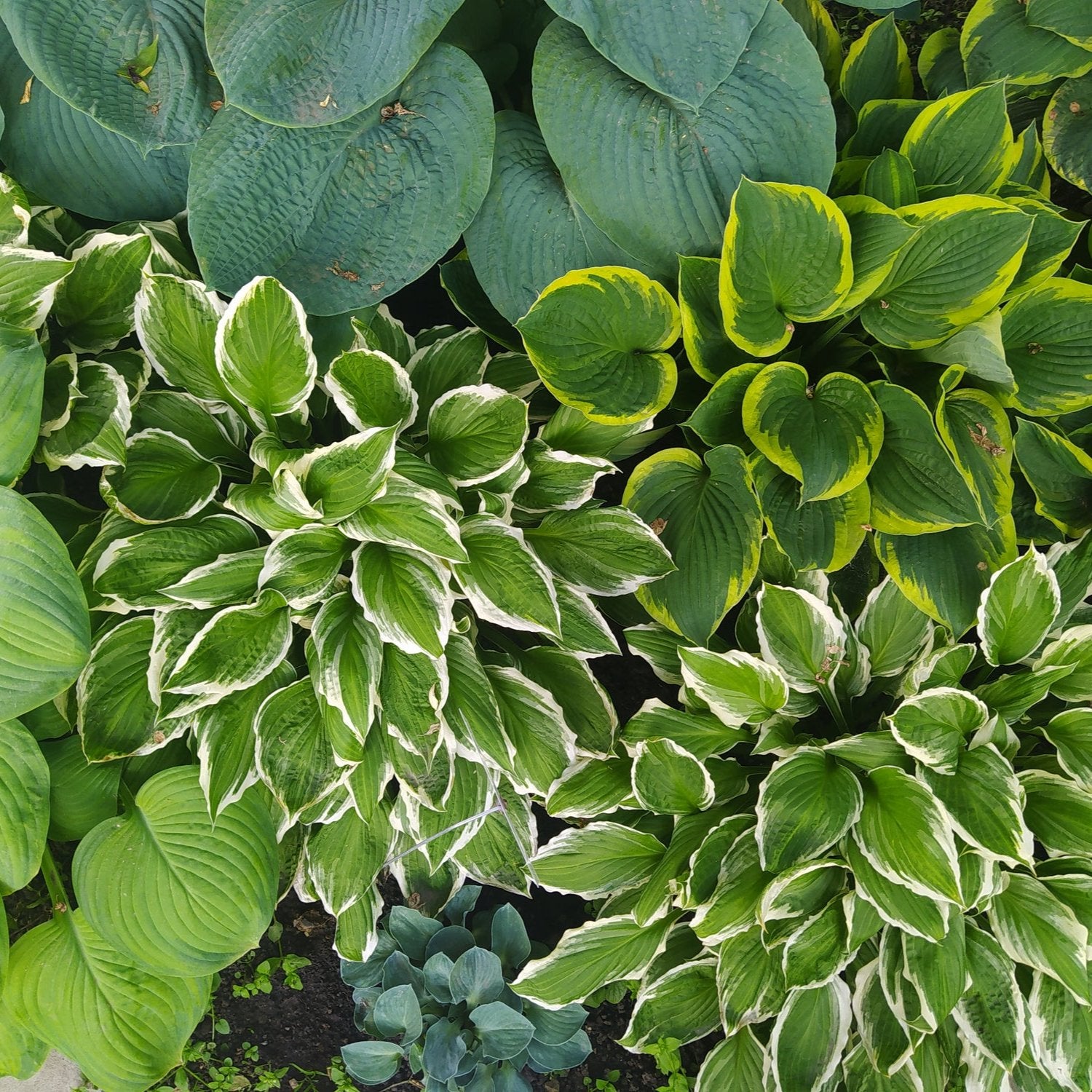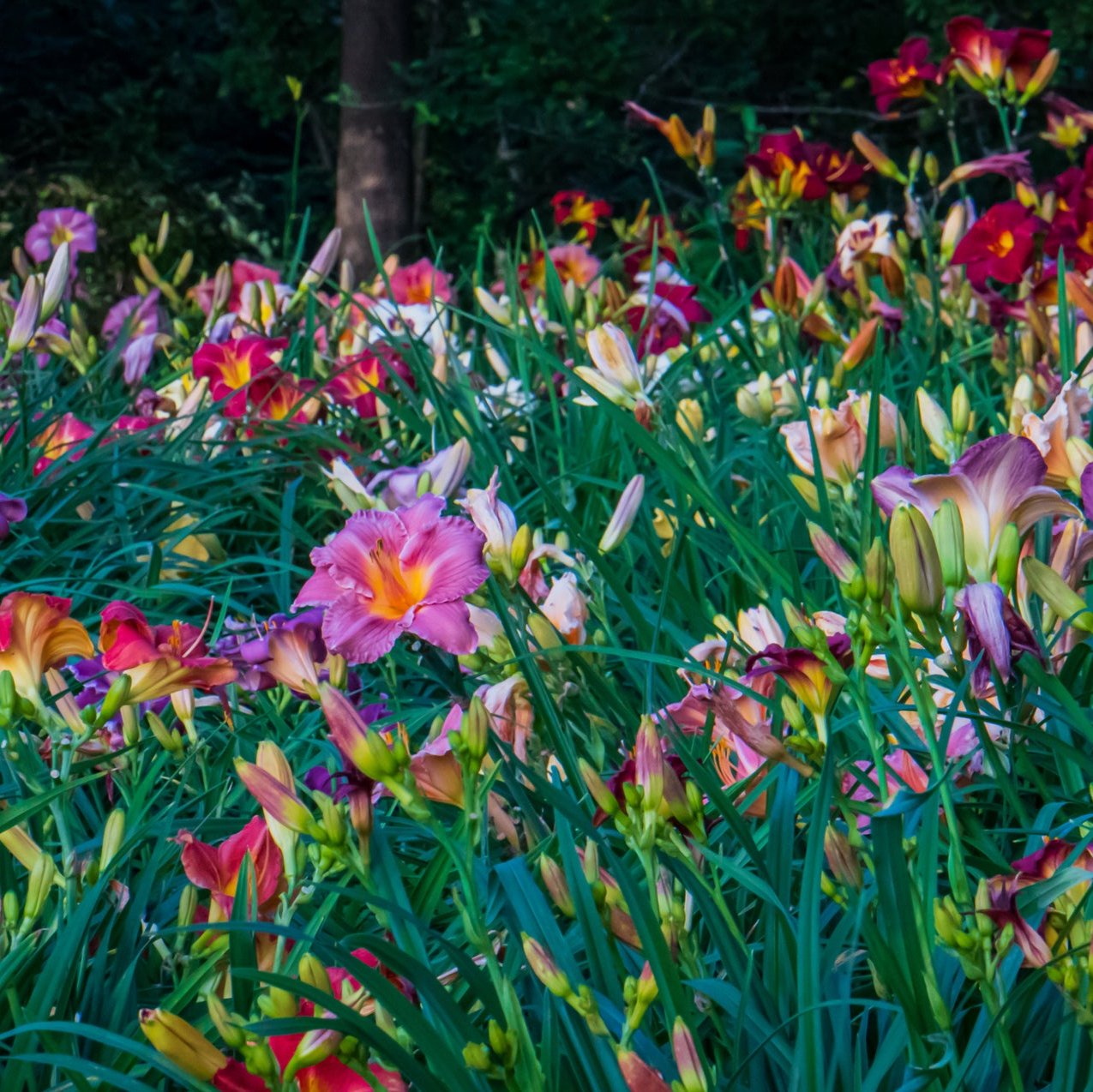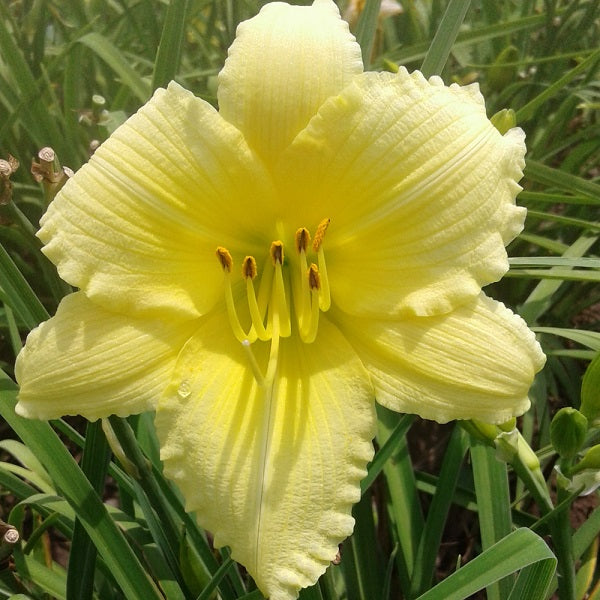Lilies are one of those plants that offer a big return on your investment. Just a little effort in planting the bulbs will reap years of fragrant, colorful blooms. Lilium is a large family of plants and some are easier to grow than others. Three common types are Asiatic, Oriental and Trumpet.

Asiatic Hybrids
One of the most carefree summer bulbs that I grow in my garden are Asiatic lilies. They are perfect for cutting gardens and containers. I like to add 5 to 10 bulbs to my raised vegetable garden so I will have plenty on hand to use as cut flowers later in the summer. Asiatics are early to bloom and easy to grow. They don’t have much fragrance but they make up for it in color.
Oriental Hybrids
Like a Southern grand dame dressed in her Sunday best, Oriental lilies are bright, flamboyant, and heavily perfumed! I can’t imagine my garden without these royal beauties. They will perform well in partial shade.

Trumpet and Aurelian Hybrids
The lilies in this group tend to bear striking trumpet-shaped blooms on tall stalks. Many are quite fragrant too. The flowers are so large the plant may require staking.
PLANTING LILY BULBS
Lilies are planted as bulbs in fall or early spring. I prefer planting them in autumn so they can settle in during the winter. If you plant in fall be sure to mark the area so you’ll know to look out for emerging growth. I’ve unknowingly stepped on the tender shoots more than once and while it doesn’t kill the plant, I have broken the tips where the flowers emerge.
When your lily bulbs arrive they should be fresh and firm with plenty of white roots. Lily bulbs never go completely dormant like daffodil and tulip bulbs so you should handle them with more care.
Select an area that receives the right amount of sunlight for the type of lily you are planting. For instance, an Asiatic lily appreciates full sun while an Oriental lily can take partial shade. And, martagon or ‘turks cap’ lilies are great companions of hosta.
All lilies need good drainage. Wet, soggy soils are the kiss of death. To ensure good drainage I pour a little sand into the bottom of the planting hole. You can also get around heavy soil by planting lilies in containers or raised beds.
Dig a hole big enough to accommodate the bulb and roots. Plant small bulbs 3 to 4 inches deep, and larger bulbs 4 to 6 inches deep. Gently place the bulb in the hole, and cover it with soil and water. That’s it!

After your lilies bloom, just cut off the top of the stalk. Also when you cut blooms for using in arrangements, take no more than one-third of the stem. The idea is to leave enough foliage so the plant can build up energy in the bulb for next year’s blooms.
For more information on growing lilies, check out the video below!










